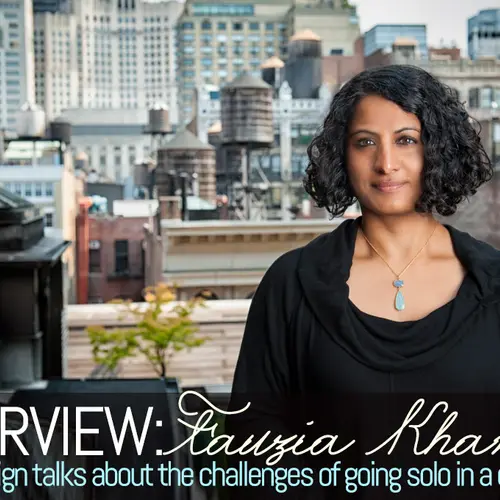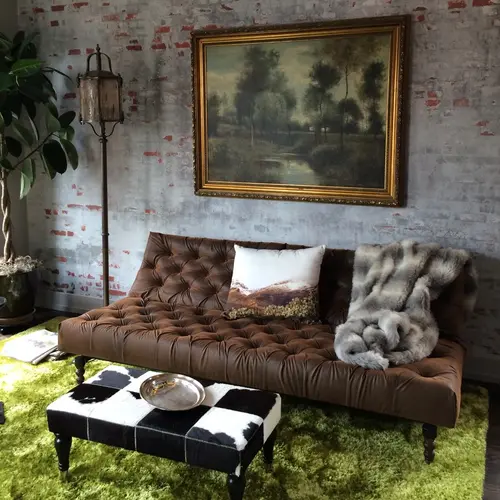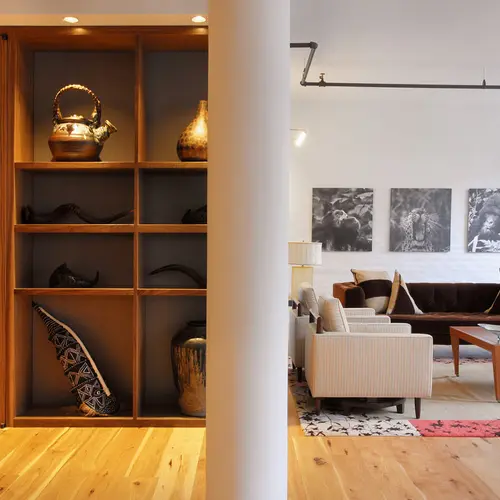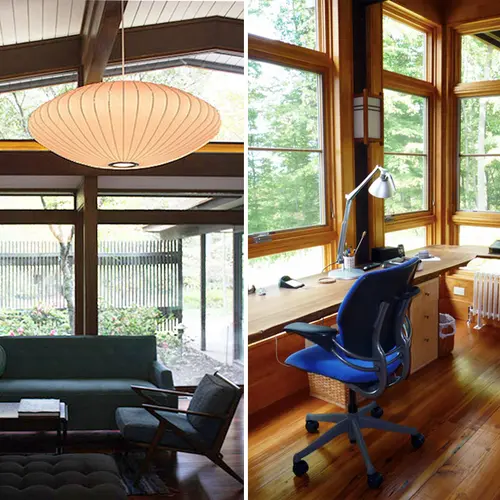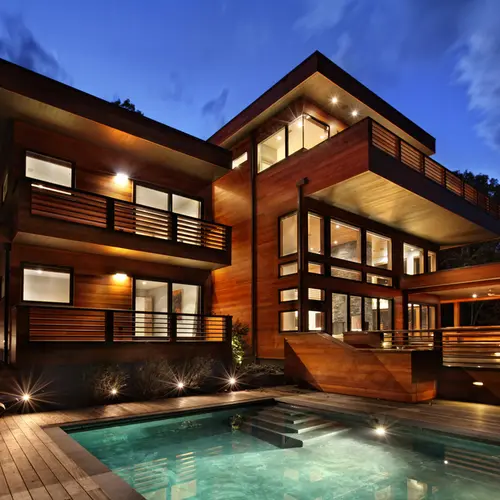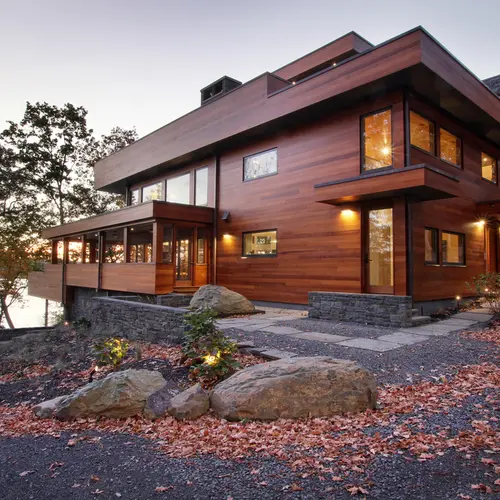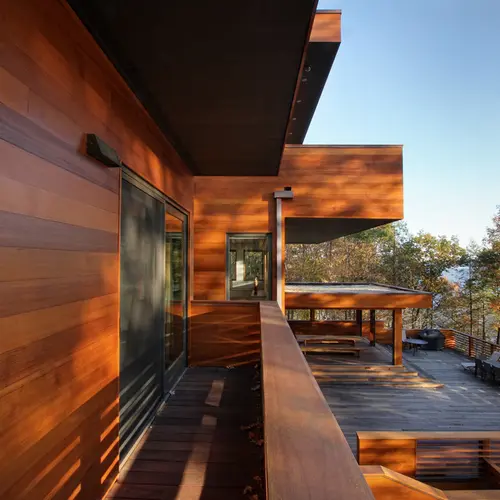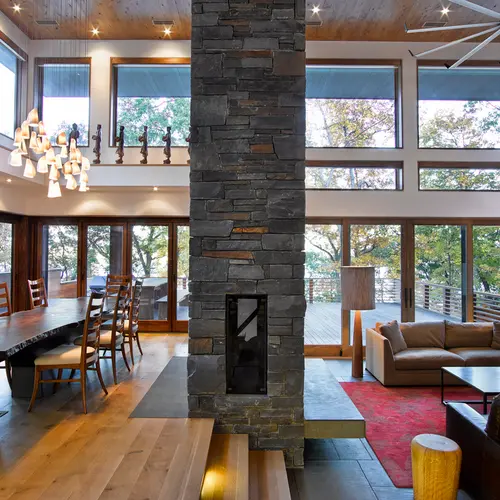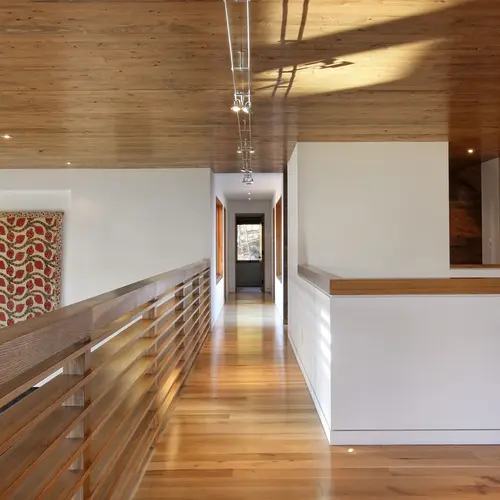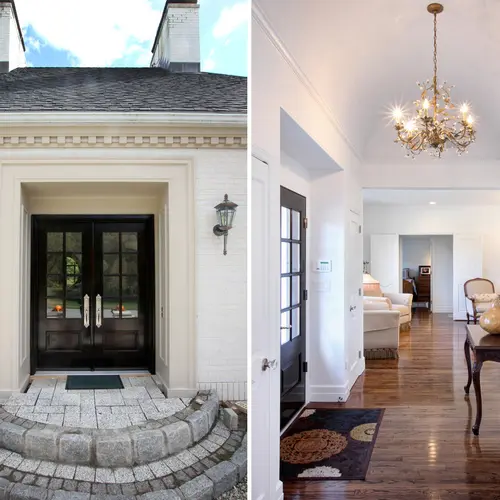INTERVIEW: Fōz Design’s Fauzia Khanani, a Young Architect Goes Solo in NYC
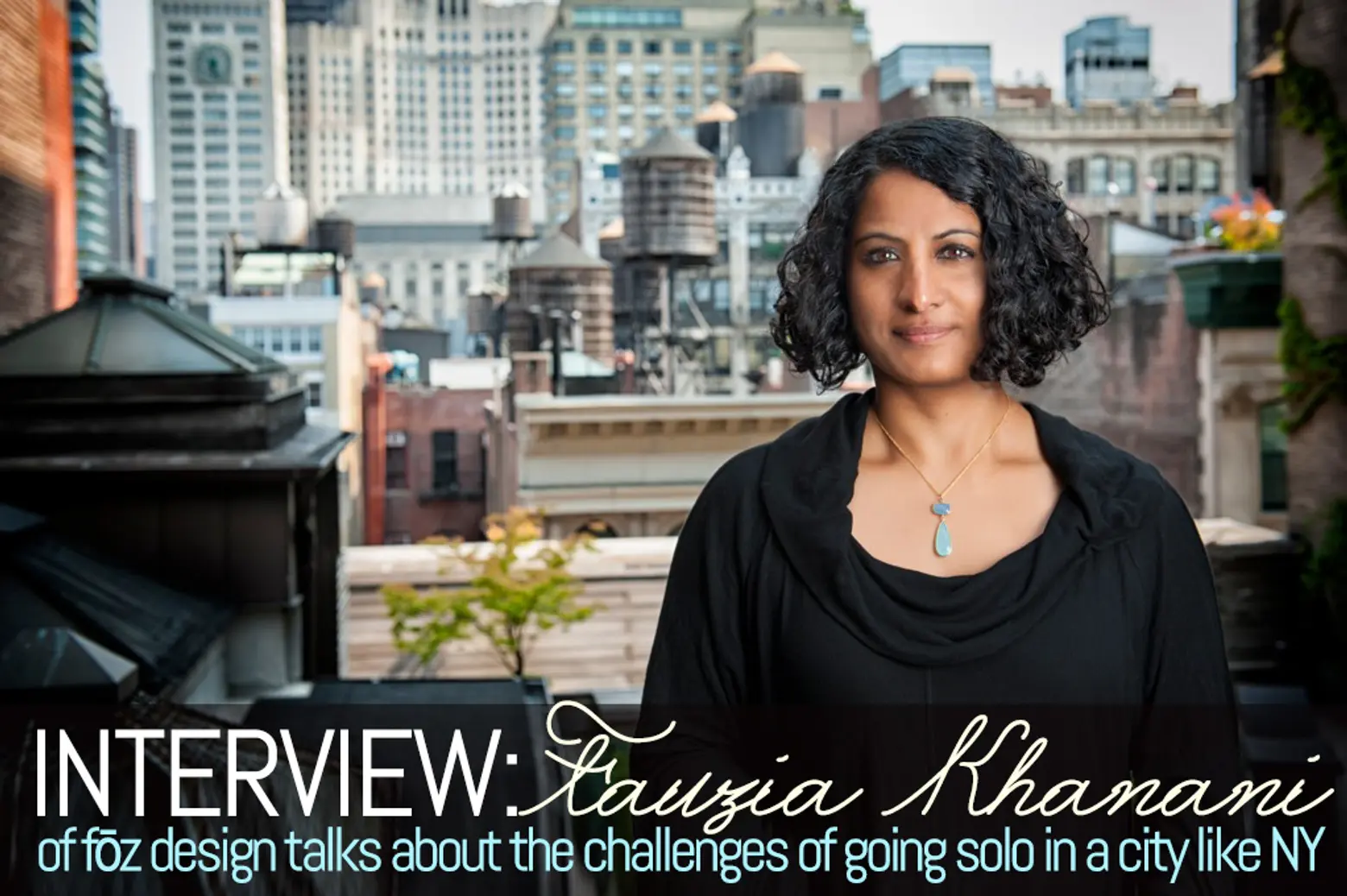
Apart from Zaha Hadid, Jeanne Gang and Annabelle Selldorf, very few women in architecture manage to grab headlines like their male counterparts. But a relative newcomer named Fauzia Khanani is hoping to help change all of that. Fauzia started her practice, Fōz Design, back in 2011 with a single project in upstate New York. Since then, she’s grown what was then a huge leap of faith into a full-fledged design studio working on residential, commercial office and public spaces from New York to California. We recently caught up with Fauzia to learn more about what it’s been like to go out on her own in such competitive city, the challenges of being a female minority architect in world being designed by men, and how taking a “reflective design” approach can really improve a space.
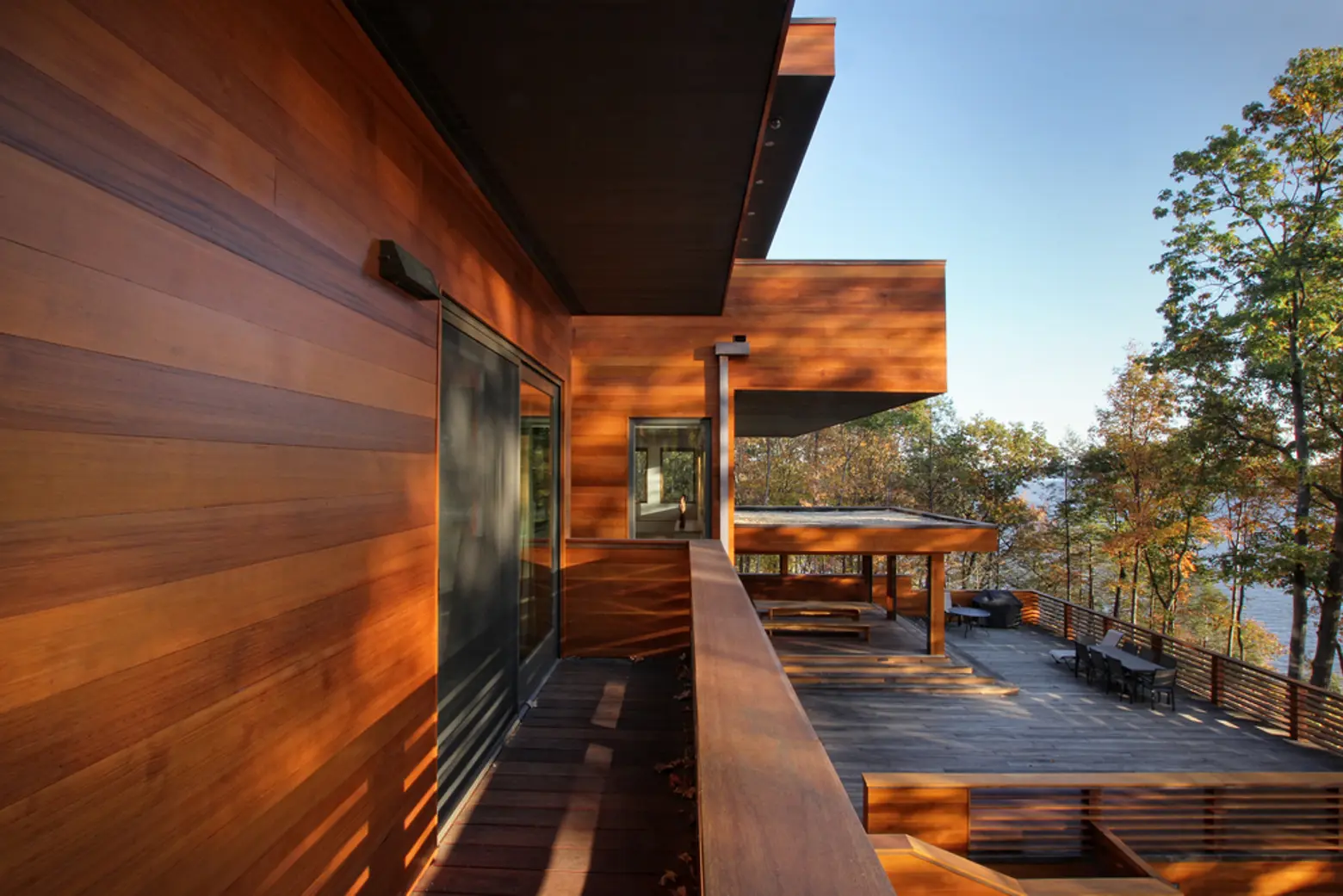
You trained as an architect on the West Coast and worked in the Bay Area for years, what prompted you to start a studio in NYC?
Fauzia: While I loved living and working in the Bay Area, I was presented with a solo commission opportunity in the Hudson Valley (the RiverBanks project, seen above). In retrospect, it was a huge risk to quit my job, uproot my life, and move back to the East Coast in hopes that this project would materialize. Fortunately it did and became the project that started the studio.
I never imagined having a practice based in NYC. In my mind, NYC has always been super-saturated with architects and designers and surviving as a small firm seemed unlikely. What I have realized is that so many firms thrive here because of demand and if you are able to find a niche and/or client network, there seems to be enough work to sustain. From a building perspective, the West Coast can be more forgiving and allow for more freedom when it comes to dealing with the elements, which can be frustrating at times. Although I’m beginning to think that the East Coast just forces a designer to be more creative and innovative when it comes to dealing with these aspects of the environment.
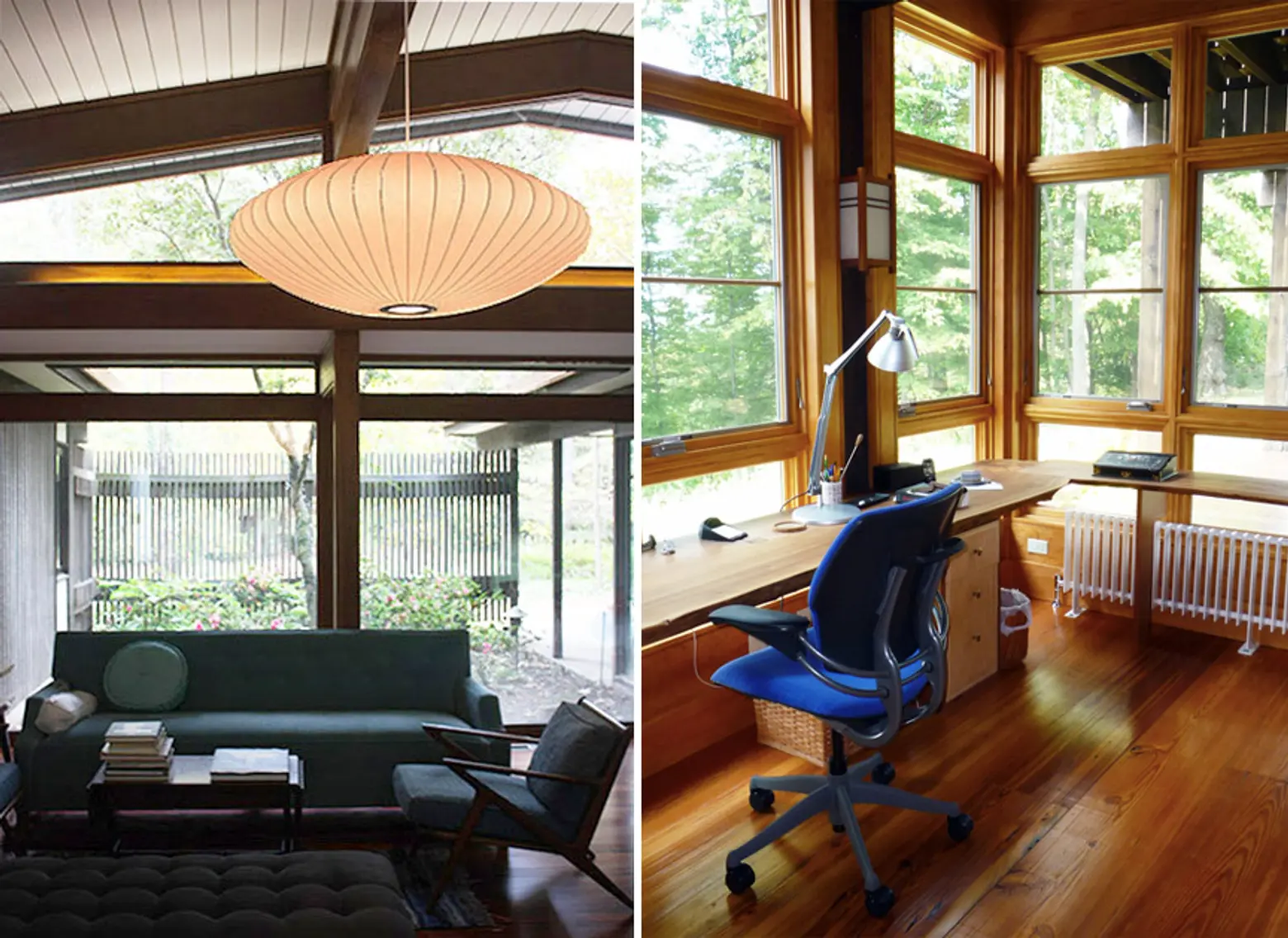
In addition to an architecture degree you also have a degree in sociology, does this inform the “reflective design” approach you speak about on your site?
Fauzia: Yes, I think my degree in sociology and previous career in community-based public health help inform my design process as well as interactions with clients. My initial instinct is to foster a relationship with clients in order to really understand who they are, what they want and how to best achieve that goal. You have to understand people on an intimate level for any project—how they work, sleep, eat, or even interact with others in these potential spaces. If there is more than one client, you often serve as mediator or negotiator to hash out the answers to some of these questions. For me, the creative aspect can be informed from the prior process or vice versa depending on the project. It’s an interesting back-and-forth dynamic.
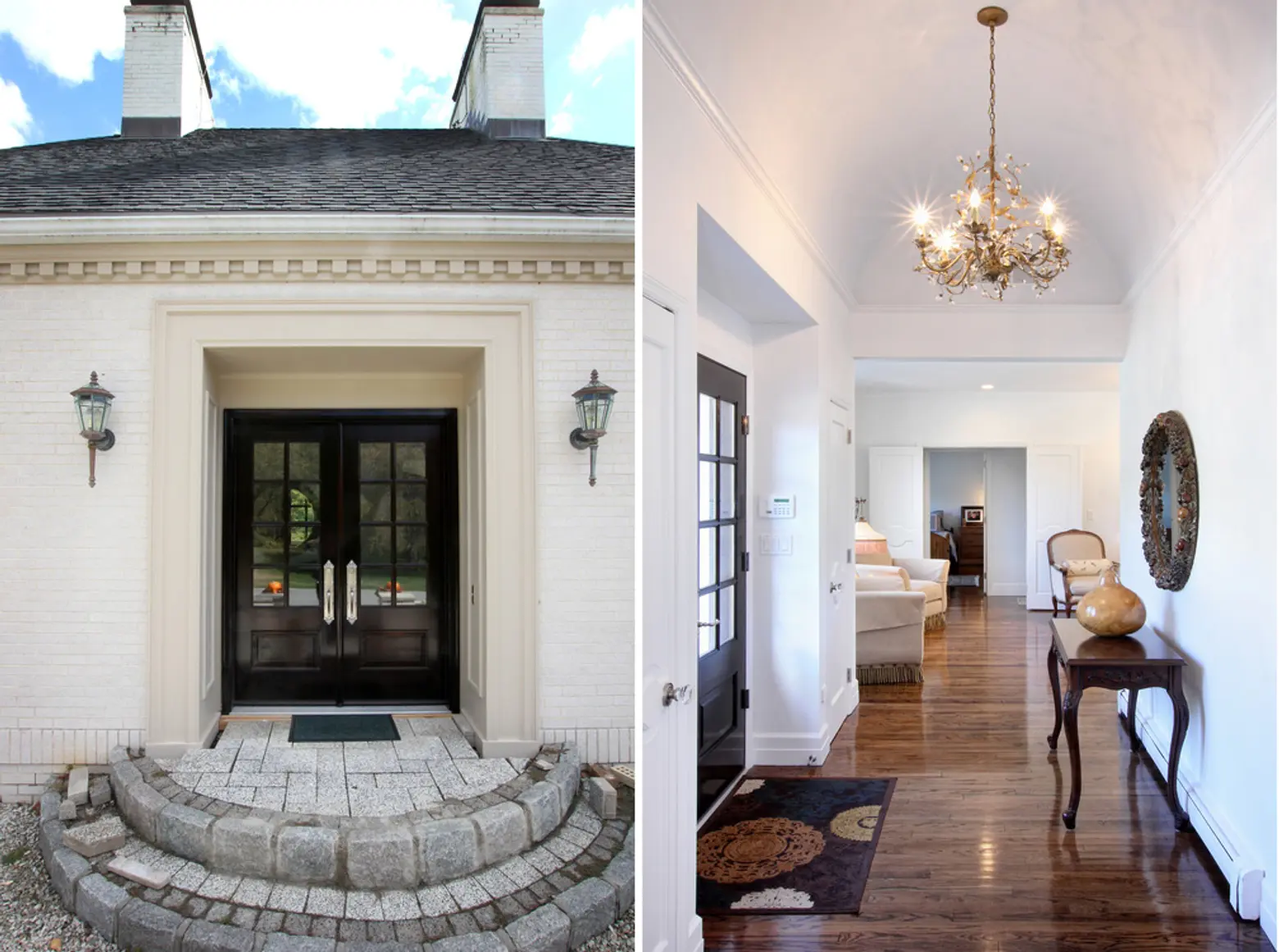
Architecture has always been a male-dominated profession, do you think it’s getting easier for a woman to make a name for herself in architecture?
Fauzia: While the field is constantly progressing, architecture is still, for the most part, a white, male-dominated world. More women and minorities have architecture degrees than ever before and are staking a larger claim in the field, but overall the numbers are still low. Firms established and run by women and minorities are at an even lower number, but I’d like to think we are helping to change that!
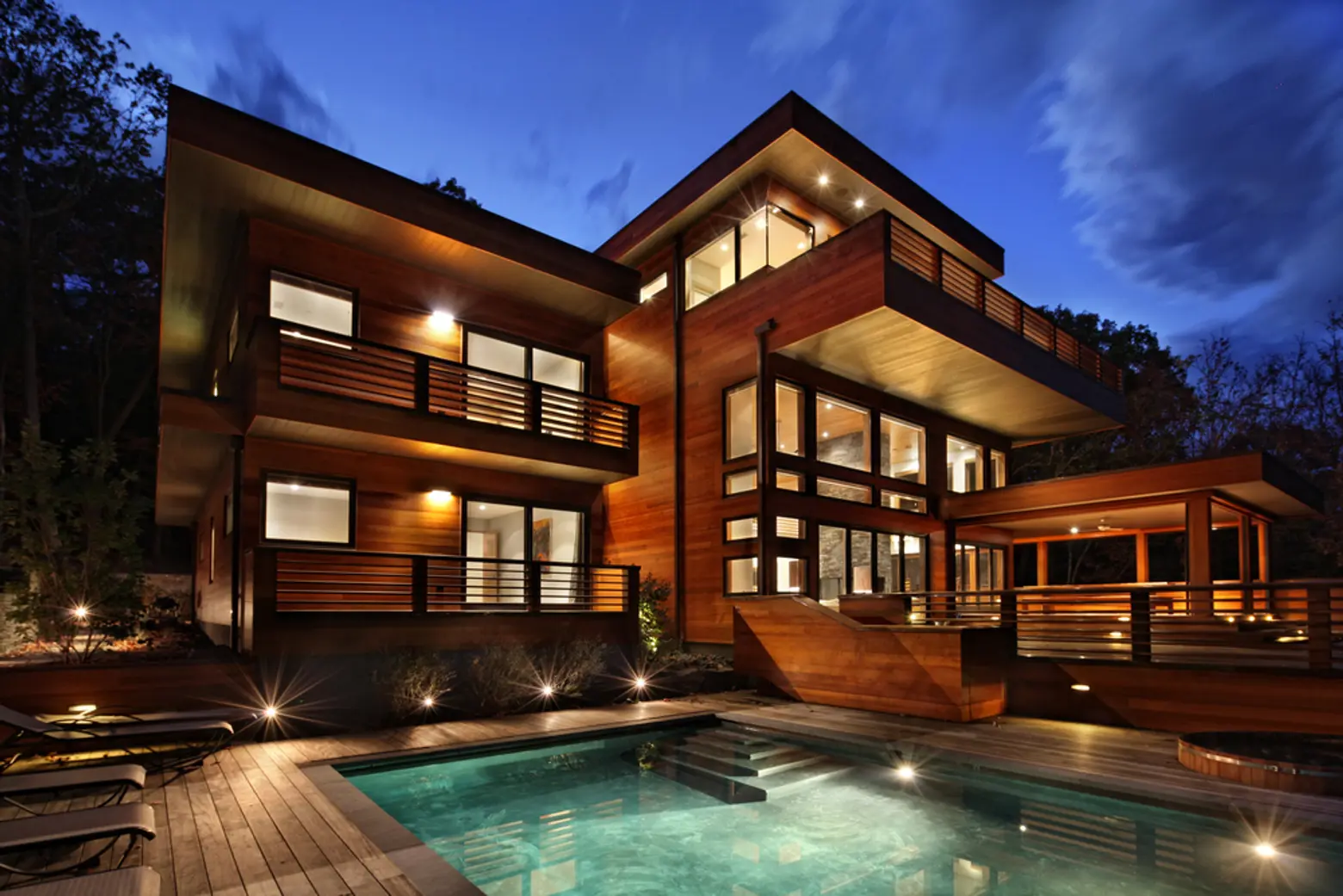
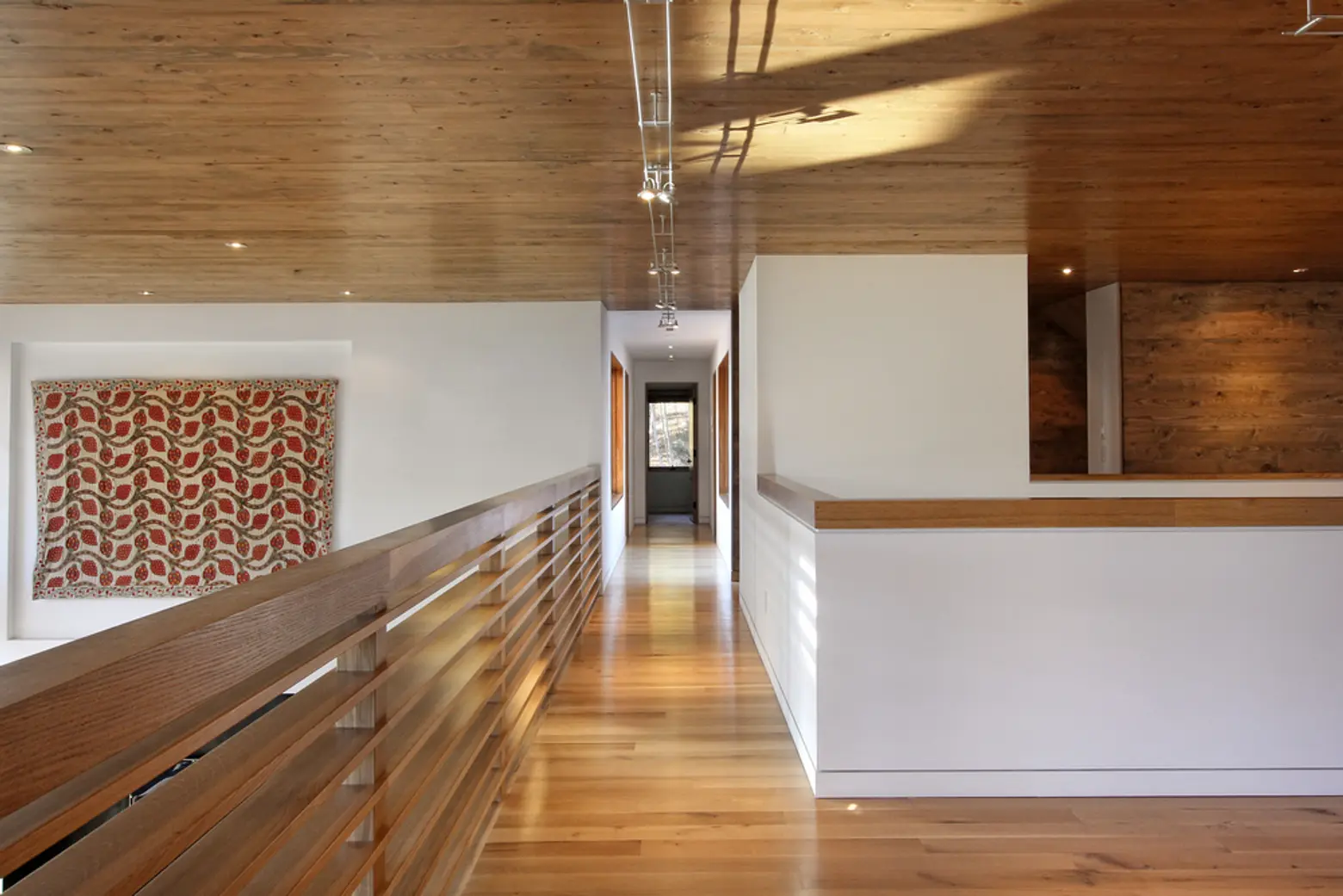
What’s your dream project?
Fauzia: Before going out on my own, I had researched moving to Africa to work with Architecture for Humanity and FIFA to build community centers that provided recreational soccer facilities in combination with community health clinics. The idea of a space or facility that fosters positive social interaction as well as provides a basic humanitarian service seemed like a fascinating and fulfilling project. And, of course, a museum is high up on the list as well!
We love the 500 square-foot apartment you designed in Chelsea, how did you approach the design of such a small space? What was the inspiration here?
Fauzia: The space is tiny indeed, but from the start, we knew it was going to be a pied-à-terre for the clients with very specific uses when they were in NYC. The couple each required a separate workspace, ideally in separate rooms since one is a composer and the other is a journalist. A kitchen and living space that could be used to entertain friends and colleagues in from out-of-town was also a necessity. We had to be creative and smart about how space was used and specify materials and furnishings that would help achieve these goals.
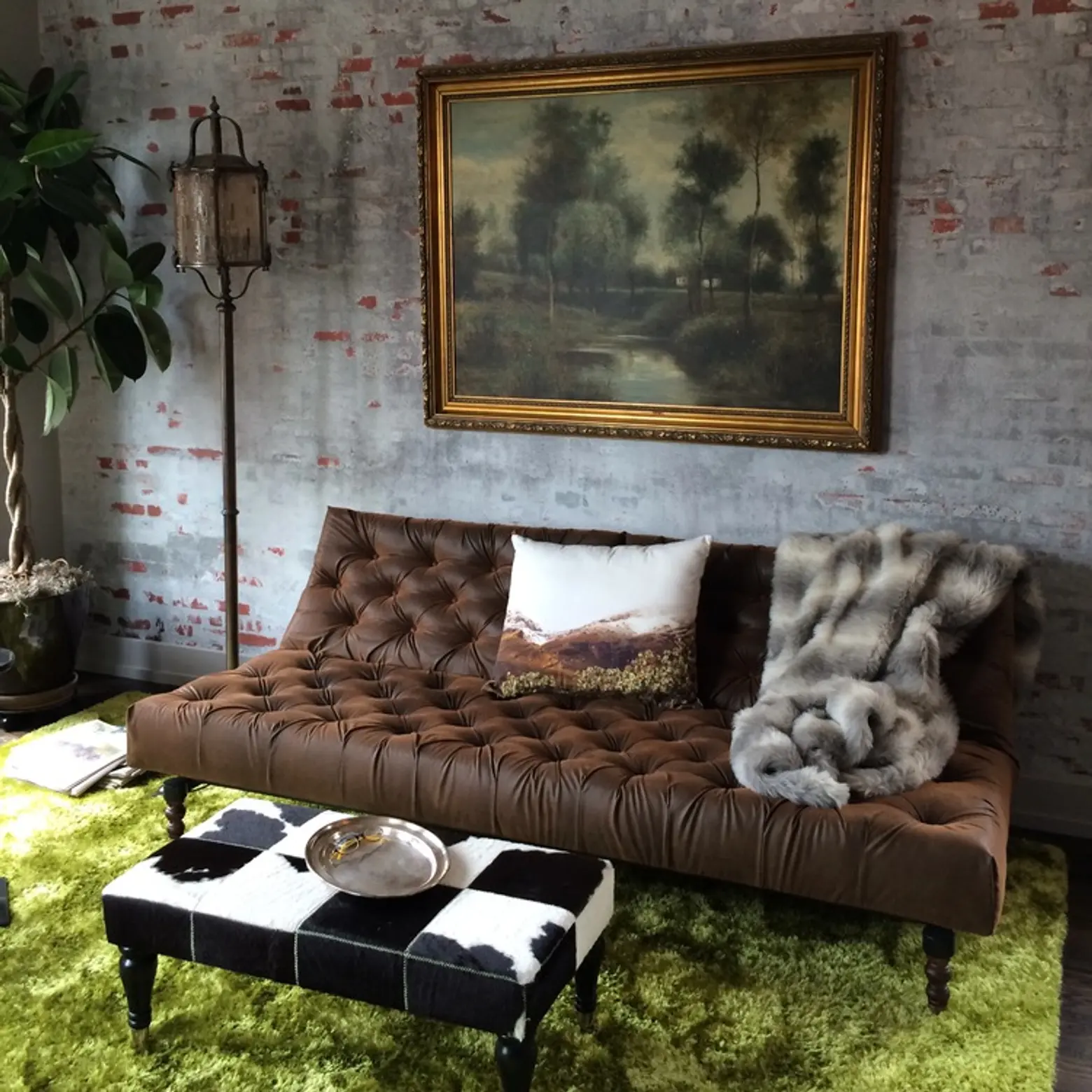
One of the pair is from Amsterdam so we all agreed that the apartment should have an old-world European city feel with some eclectic and modern elements thrown into the mix—thus the project name “New Amsterdam” that also provided reference to NYC. A floor lamp in the living area resembles an old city street gas lamp and is paired with a worn, leather buttoned sofa. As a backdrop, we specified a wallpaper with a rustic brick print. To counter those elements, we had a custom, grass-like shag rug made for the space. The clients were very involved through the whole process, which was really fun.
Are there any projects that you’re working on that you want to share?
Fauzia: We’re currently working on our first commercial office space (55,000 square feet). It’s in the Financial District and will be completed in mid-July. The client is an advertising agency, so the main goal was to design a space that would inspire creativity and foster collaboration. The scale of the project is not like any other we’ve dealt with so far, but we are really excited to see the finished product!

We’re also working on our first speculative residential project with a contractor in the Hudson Valley (seen above). The property has a farmhouse built in the 1880’s along with multiple original barns from the days when it was a working farm. We are gutting the house down to the foundation and rebuilding it as a modern take on the farmhouse.
And last question, just for fun: What’s your favorite building in NYC?
Fauzia: The Seagram Building is a favorite. It’s a classic Mies van der Rohe building with Philip Johnson informing interiors. The combination of the innovative structural design, the lavish finishes that office buildings were not known for, an amazing art collection on display, and the fostering of social interaction through a public plaza at the street level made for an interesting precedent in corporate architecture during that era. Phyllis Lambert, the daughter of Seagram’s founder, had an integral role in the construction process often through hand-written letters to the architects. The fact that a woman had a hand in the process makes me like it just a little bit more.
+++
RELATED:
- Tiny 500-Square-Foot Apartment Is as Fashionable as Its Chelsea Address
- INTERVIEW: Marcelo Ertorteguy and Sara Valente of Stereotank on Fusing Architecture and Music
- INTERVIEW: Architect Adam Kushner on Building the World’s First 3D-Printed Estate
All images courtesy of Fōz Design
